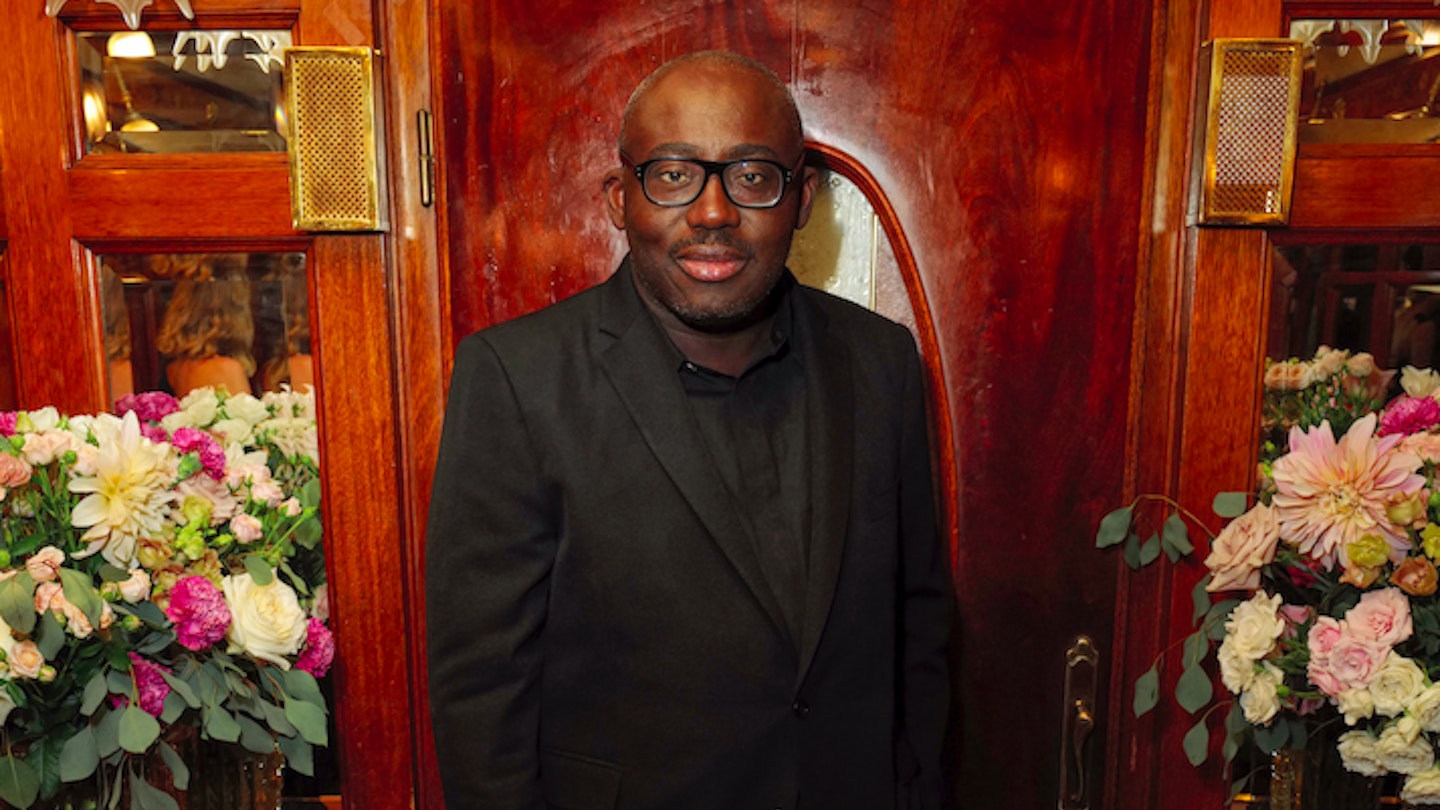This interview ran last month in Grazia's Big Fashion Issue.
He’s spent the last 48 hours co-hosting a party with Timothée Chalamet, dancing with KateMoss and being toasted by Salma Hayek, but there’s one pressing question I need to ask Edward Enninful: is he going to put Liz Truss in Vogue? ‘I’ve heard it,’ he says of the PM’s alleged quest to be featured. ‘I thought it was funny. I’ve seen the mocked-up covers...We’re all just waiting to see what direction she takes the country in. So we’ll see.’
For now, Truss will have to get in line. Under Enninful’s instruction, the magazine’s recent cover stars have included Linda Evangelista, Beyoncé, Gisele Bündchen and Naomi Campbell. It’s an impressive feat the British Vogue editor and European editorial director of Vogue makes look all too easy. But then, Time magazine did once call him the most important man in fashion, and he’s tipped to succeed Anna Wintour.
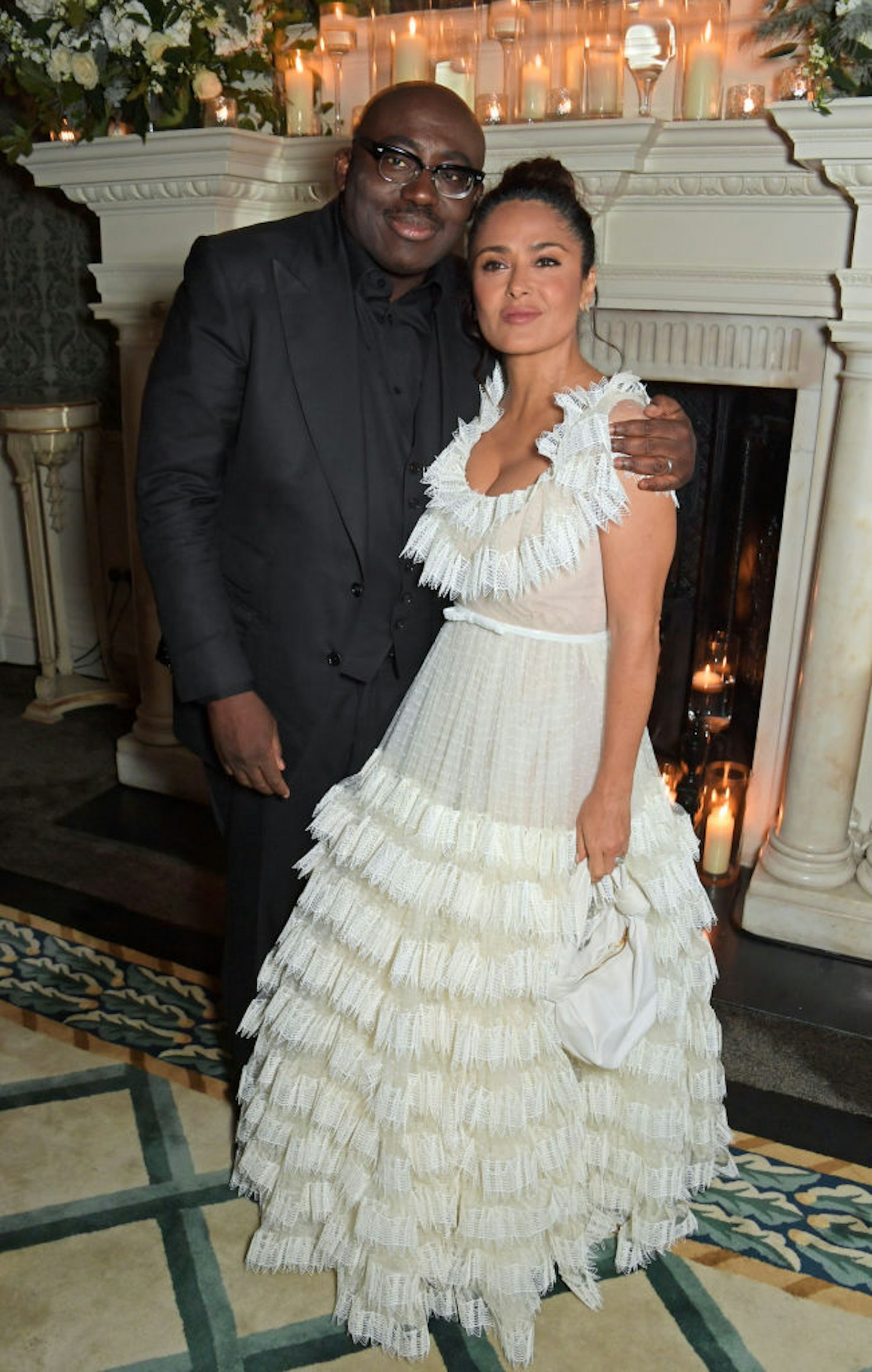
Enninful never intended to write a memoir of his journey, from fleeing Ghana’s firing squads to sitting at fashion’s top table as the magazine’s first Black, male, working class, gay editor, but A Visible Man reveals a less than customary path to the pedigreed world of glossy magazines. ‘I’m aware that not many Vogue editors can divulge so much about their life,’ he says the morning after his star-studded book launch, ‘but it was important to talk to young people who can look at me and realise that they can do it too.’
A ‘watchful, shy, spacey’ kid, Enninful grew up in the coastal city of Tema, Ghana. The son of Major Crosby Enninful and Grace, a dressmaker, he was one of six siblings. He spent his childhood under his mother’s cutting table, ‘surrounded by scraps of wax fabric; I’d fill my notebooks with ladies in elaborate dresses’. At 13, they fled political unrest, arriving in Thatcher’s London, where they were ‘overwhelmed at the thrilling coldness and greyness of absolutely everything’. At first, they lived in his aunt’s tiny flat in Vauxhall, before settling into a council house in Ladbroke Grove, next door to a Turkish bath. (It would become a private members’ bar that Enninful would later frequent with Kate Moss and Naomi Campbell.) His first foray into fashion was via modelling, when he was scouted on the tube by the stylist Simon Foxton. It gave Enninful – still cripplingly shy, but with a growing creative appetite – an outlook. ‘I went from dorky immigrant to interesting and exotic. Another example of the power of fashion,’ he writes. Modelling didn’t stick, but he had the fashion bug. At 18, he became fashion director at i-D magazine, where he did everything from styling shoots to writing, sourcing clothes and dealing with advertisers.
The fabulous titbits from the illustrious career that followed will delight any fashion fanatic. There’s a bit on Moss and Campbell teaching drag queens how to walk and swing their purses in New York, and nights at Soho’s Shadow Lounge with Grace Jones and the late Alexander McQueen (‘Lee, who loved to dance, ruled it’). Any industry person – stylist, photographer, intern – will nod along to Enninful’s explanation of the creative process, having the ‘worst seats in the house’ at fashion week and what happens when clothes for a major shoot get stuck in customs (spoiler: panic). But it’s not a juicy Devil Wears Prada tell-all.
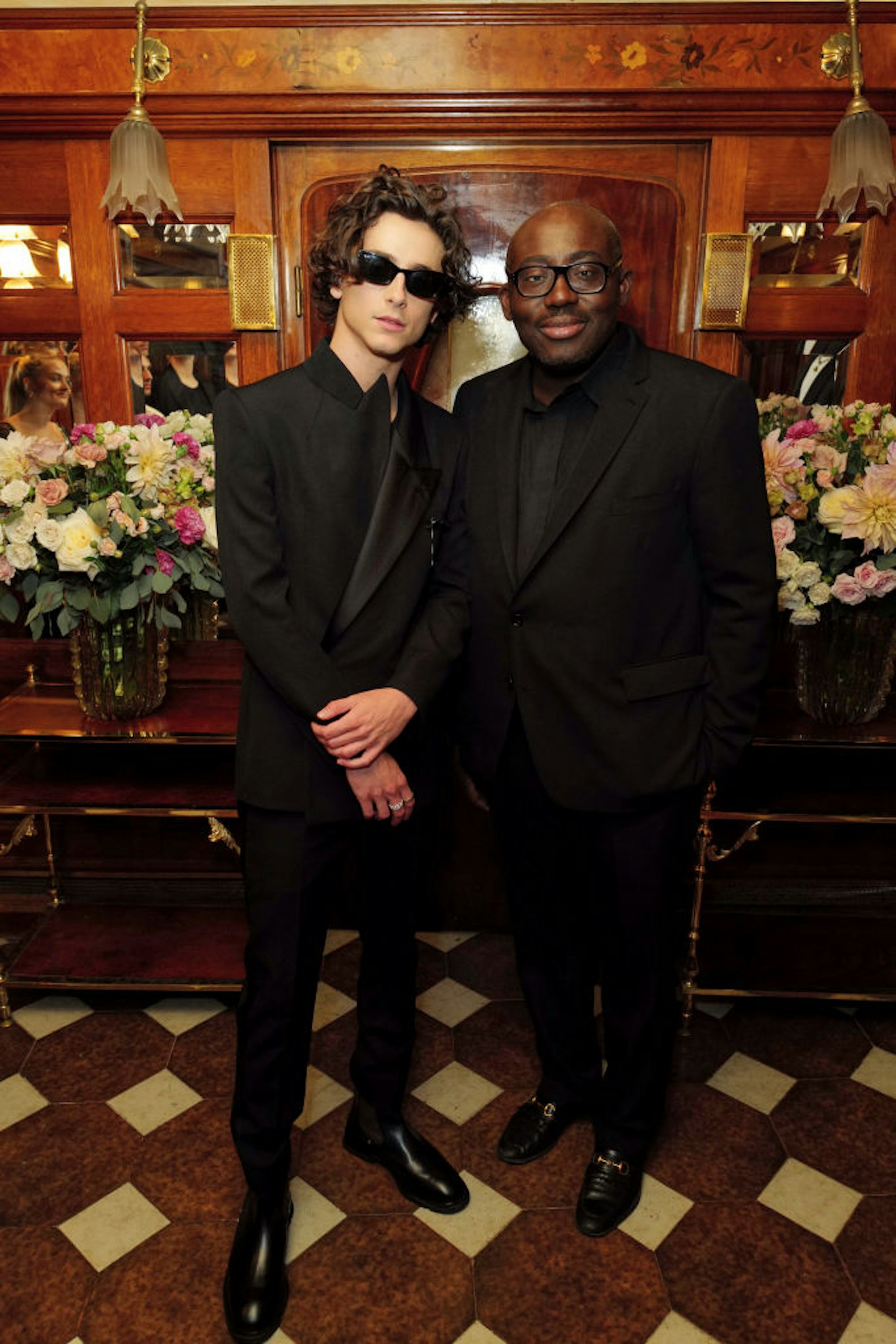
‘I didn’t want to write a book about going to shows and having lunch with this person or that person,’ he says. His innocent admissions are endearing – how he spent all night planning his outfits for his first trip to New York (denim shorts, ripped jeans, Katharine Hamnett slogan tees and cowboy boots), his first experience of a British supermarket (‘like touring Willy Wonka’s chocolate factory’), or when he unwittingly called his mother while high on LSD. ‘That’s what you do when you’re scared,’ he writes. And in the age of looking inwards, Enninful (who has talked about going to AA and therapy in the past) rips off the band-aid, from discussing openly his struggles with impostor syndrome as well as the aftermath of relationships crashing and burning. His coming out story, against the will of his father, who ‘told us that if he found out we were gay he’d slit our throats’, is equally poignant. ‘I think a lot of gay kids leave home and reject the family before they get rejected – back then it was a defence mechanism,’ he says now. ‘It took years for me to be able to include my family in my life.’
Family – both blood and fashion – are at the heart of Enninful’s story. Meeting the legendary make-up artist Pat McGrath was ‘destiny calling’. A 14-year-old Kate Moss, who ‘was comforting and matey, with a thick, working-class accent and an engaging way of bringing me out of myself’, has proved a lifelong friend and collaborator. Naomi Campbell has been there for his highs and lows, from presenting his first industry award in 2007, the same evening he developed the tinnitus that he still suffers from, to watching him collect the OBE awarded for his services to diversity in fashion. Rihanna has been another lifeline. During a convalescence that left Enninful temporarily blind in one eye, she ‘was one of the few people who checked in diligently to help keep my spirits up’.
His mother Grace, ‘his comforter and champion’, died in 2016; she would have loved the book, he thinks. And his father, Crosby, who kicked him out when he learned he’d been skipping school to go to photo shoots? ‘It was hard for him to read... he understands that I was a sensitive child. But fashion toughens you up, doesn’t it?’ He smiles, with a shrug. ‘We got closer since my mother had a stroke and what started to heal our relationship was seeing him really take care of her, day and night. He was an African man of the military, a disciplinarian – so for me to see a softer side changed things.’ Today, his extended family don’t bat an eyelid when he’s splashed across British newspapers or touted as the Next Big Thing, which reaffirms his self-deprecation. ‘They definitely keep me grounded.’
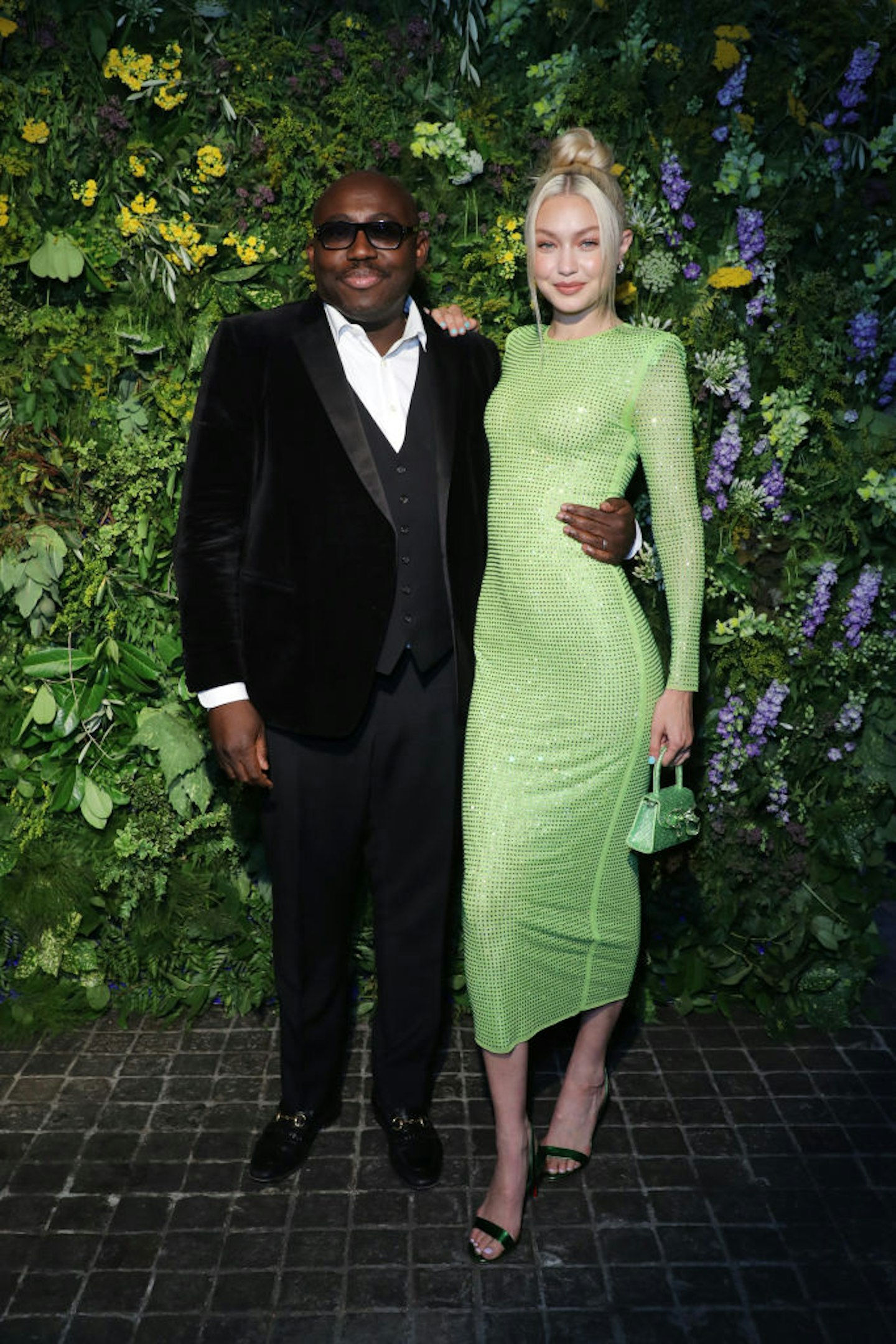
He approached the Vogue job with a manifesto of true representation, intending to build upon his fashion legacy by ‘never wanting to be the only Black person in the room’. Even at 18, his MO was to bring more Black models into i-D. When he cast Black models again and again, people would say, ‘Oh, another one?’ His reply? ‘Yes, another one. And another.’ In 2008, alongside Steven Meisel, he put together the iconic ‘Black issue’ of Vogue Italia, which featured only Black women and sold out in 72 hours. That he would bring his politics to Condé Nast was never in question – not only has he diversified the workplace, over half his Vogue covers have been Black women. (Under his predecessor, Alexandra Shulman, only 12 covers out of 306 featured Black women.)
‘I always say I am a custodian – while I am at the magazine, I want everyone to see themselves, whatever colour, race, sexuality, socio-economic background, whatever age,’ says Enninful. ‘People always say, “Oh, you brought diversity into Vogue,” but it was always out there in the world around us. I just chose to reflect our reality.’ Where Vogue goes, others will follow; he feels optimistic about the future. ‘I’m glad to see other magazines put women from different backgrounds on a cover – I’m proud of that. There are no more comments that “Black women don’t sell magazines” or “real women don’t sell magazines”. As an industry we need more people behind the scenes from a diverse background. Recruitment – we have to go to different places. It won’t be overnight, but at least those conversations are happening,’ he says.
In 2017, Enninful chose British model Adwoa Aboah to front his hotly anticipated debut issue, which had readers queueing to have him sign a copy. Covers since have featured Oprah Winfrey, LGBTQ+ stars, frontline workers, Judi Dench (at 85, British Vogue’s oldest cover star) and footballer Marcus Rashford, photographed for 2021’s September issue by Misan Harriman, the first Black male photographer to shoot a British Vogue cover in its 106-year history. ‘Edward moves with a level of intentionality and empathy that is inspiring and historic,’ says Harriman. ‘It’s a blueprint of how we can create a better future for all.’

Enninful is no stranger to a historic moment; in 2019, the September issue was guest-edited by Meghan Markle, who he calls a ‘phenomenal editing partner’. The cover – a grid of 15 women jointly selected as ‘forces for change’, became its best-performing issue, only recently surpassed by a Billie Eilish cover. On the royals, he remains diplomatic. ‘Look, Vogue is 106 years old and it has had a relationship with the royal family since forever. I have a friendship with Meghan, but I am neutral. I also have a friendship with Prince Charles [now King Charles III] and I am a global ambassador for The Prince’s Trust, which has helped so many people in my family and my neighbourhood growing up. And I have a friendship with the Duchess of Cambridge [now Princess of Wales] too, so I remain neutral.’
Master of diplomacy, practitioner of meditation, happily married to his partner of 20 years, Alec Maxwell. At 50, has Enninful cracked the illustrious work/life balance? ‘I’ve had to take a very long path to get here,’ he says, citing his early-morning regime, a healthy diet and disciplined attitude towards parties as small rather than seismic changes. He still doesn’t like to turn up to events on his own, but has overcome impostor syndrome. ‘After 34 years in fashion, I do feel like I have contributed in some way,’ he says, with a humble smile. The well-documented clubbing years are over, but that doesn’t mean morphing ‘into one of those people in their fifties who stays home the whole time’. Fatherhood, too, could be on the cards. ‘I’d like to be a father, but I keep thinking maybe I’m too old. Naomi Campbell did have a baby at 51, though, so I won’t rule it out,’ he smiles. ‘Having Ru [his Boston terrier] was a good first step at testing parenting. Although Alec does more of the dog walks than I do.’
It’s a life Enninful can finally cherish – because of how far he has come. ‘I’ve been the ultimate insider and outsider my whole life, which is my strength. How can I be scared of backlash? No matter what happens, I’ve won.’
BUY: Edward Enninful's Memoir
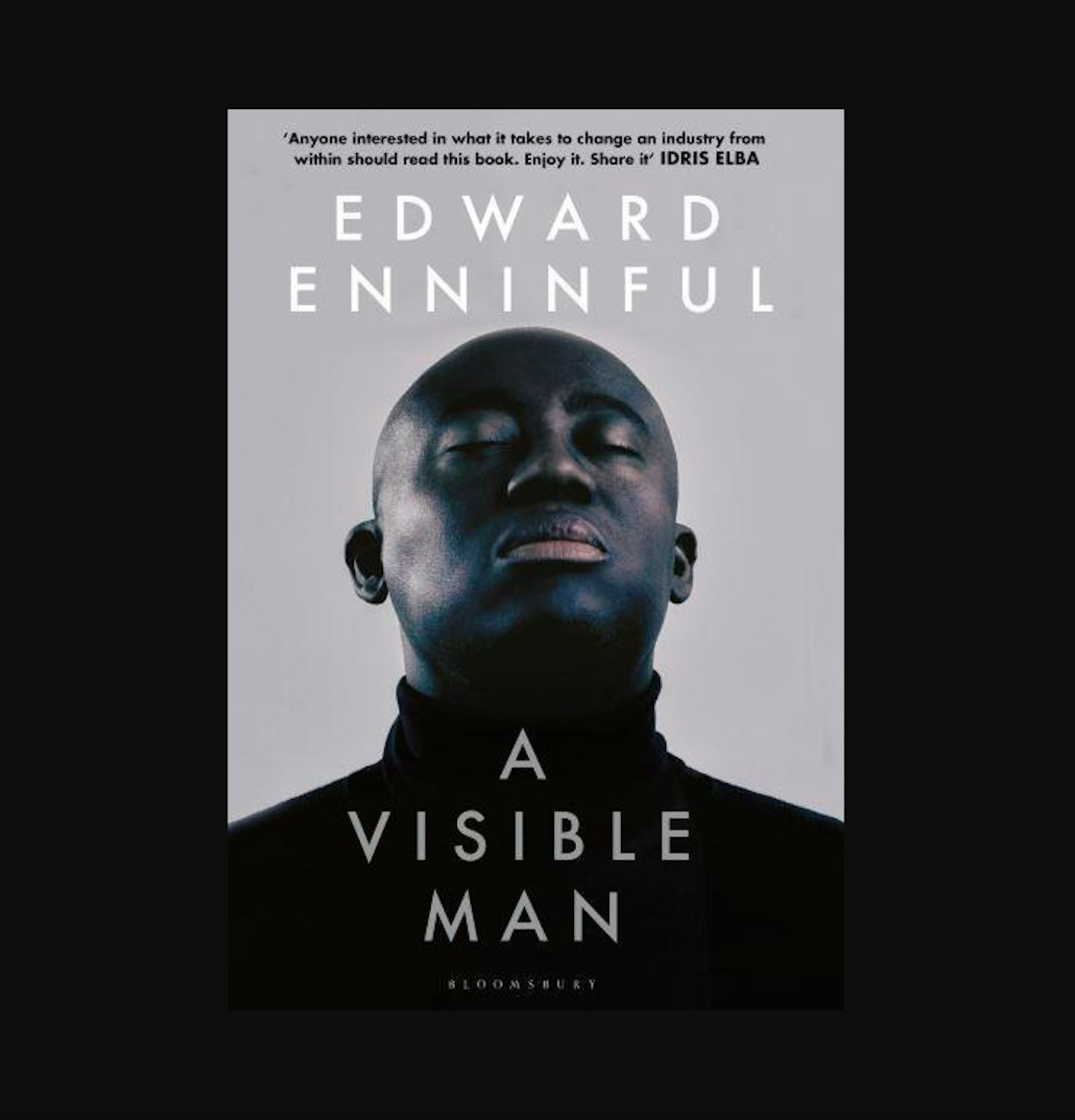 1 of 1
1 of 1